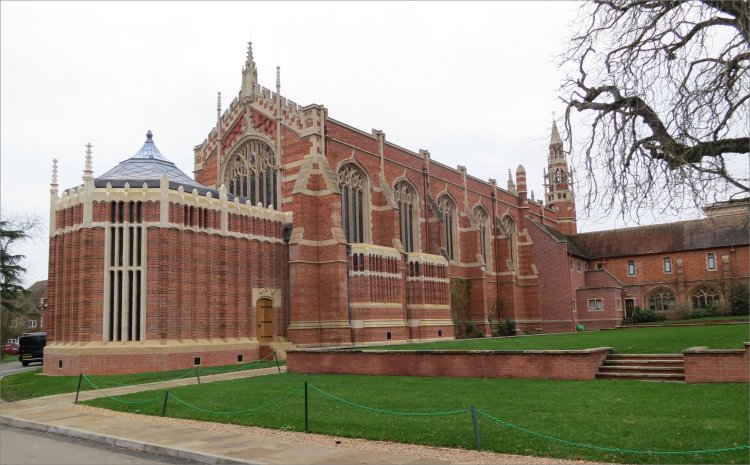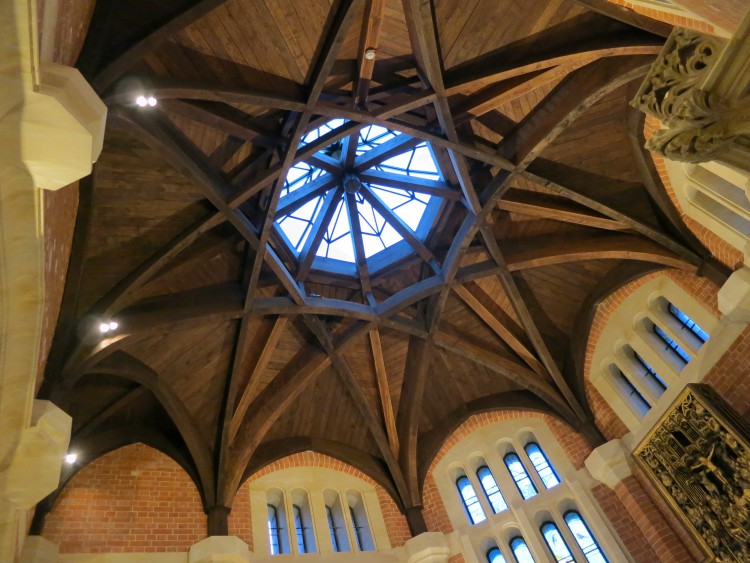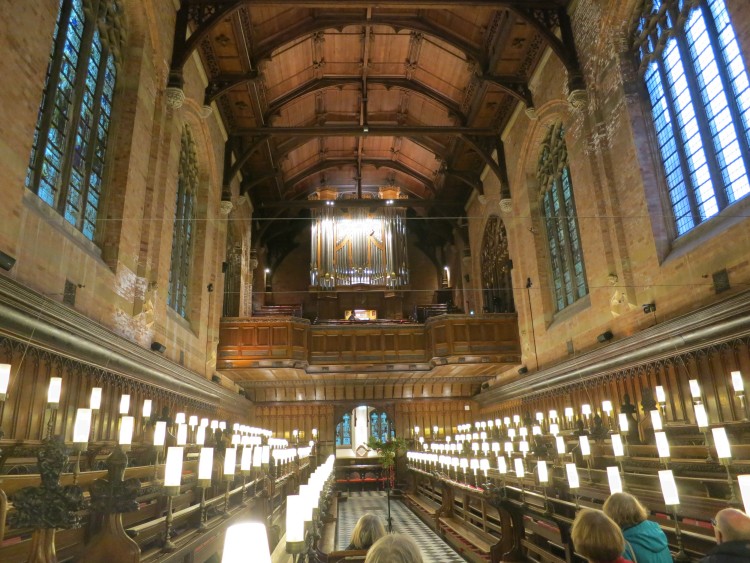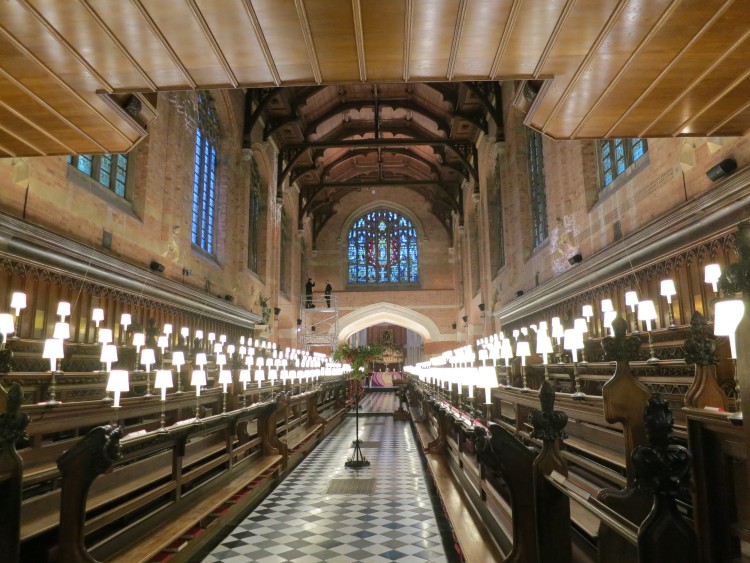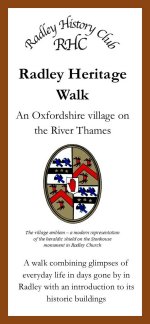On 14 February, Stephen Dawson, Assistant Operations Director of the Trust, described its history, sites, and activities. The Trust began in 1927. It aims to enhance Oxford’s buildings and its green setting, conserving the best of the old, and encouraging the best of the new.
The Trust’s first purchase was the Old Berkeley Golf Course on Boars Hill, then threatened with development. Now you can relish the justly famous view of Oxford’s ‘dreaming spires’. In Marston, the Trust is working to improve the meadows beside the Cherwell. It owns the Victoria Arms pub, leased to a brewery, and hopes to restore the historic ferry.
In Kennington, the Trust owns meadows by the river, and the Memorial Field, notable for its huge ant hills (and reachable from Radley via Radley Large Wood). You can book a visit to the Trust’s mediaeval Merchant’s House in East St Helen Street, Abingdon, remarkable for its beautifully restored gallery window.
The Trust was bequeathed the delectable Wolvercote Lakes, and owns Wolvercote Community Orchard, for which it charges an annual rent of a basket of apples.
The Trust was a key player in the regeneration of the Oxford Castle Quarter, now a rich resource for education, theatre, and, recently, spectacular son et lumière. (Search on YouTube for: Oxford Castle 950 years.) It has restored a former butcher’s shop in the Oxford Covered Market, and looks after the famous painted room at 3 Cornmarket. It is currently restoring the railway swing bridge which led to the former LMS station in Oxford.
The Trust comments on all significant planning applications, and is currently urging planning authorities to adopt strategies for the sensitive siting of solar energy plants. It makes annual awards to recognize outstanding new buildings, conservation, and sustainability. It has published a series of guides to Heritage Walks around central Oxford, with text by local historian Malcolm Graham and illustrations by Edith Gollnast, former conservation officer at Oxford City Council.
Every year the Trust organizes Open Doors, letting local visitors see inside properties that are normally closed: book 10 and 11 September 2022 in your diary.
Answering questions after his talk, Stephen Dawson noted that the Trust hopes to engage with the prospective purchaser of Radley Large Wood.

